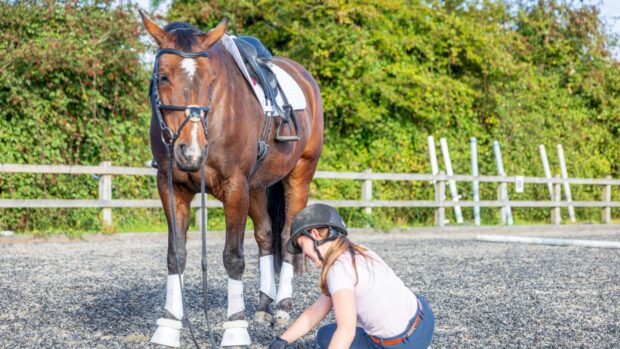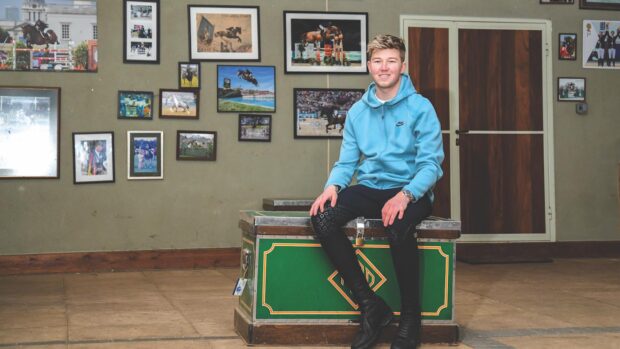No amount of positive thinking can avoid the fact that at some point we will all fall off — especially when it comes to riding a racehorse. Find out which technique will save you the most injuries...
If you ride then learning how to fall off a horse is a key skill that you will need to master. Statistics reveal that jump jockeys on average fall every 16th ride and an injury occurs as as result of one in 10 falls. But any committed rider will part company from their mount from time to time, so learning to fall safely is useful for riders of all levels across the disciplines.
While there is no such thing as a “safe fall” when onboard an unpredictable animal, a technique can be learnt which will limit the risk of injury. It is possible for all riders to learn to fall in a way that limits the impact on vulnerable areas, such as the head, neck and wrists — instinctually riders put their arms out to break the fall, which tends to lead to broken bones and soft tissue injuries.
The British Racing School in Newmarket plays a pivotal role in educating both professional and conditional jockeys, plus point-to-point riders, about the best way to fall at the point of no return.
Former jump jockey and coach Steve Smith-Eccles heads fall sessions at the racing school.
“Although anything can happen when you fall, and it usually happens quickly, it is good to have this seed planted in your heads,” he says.
He begins his sessions in the gym getting riders doing forward rolls and then over an exercise ball — practising bringing the arm around and not putting them straight out in front of the body. Creating a twist in the body and tucking the head in, so in turn landing on the shoulder blade.
 Watch the video
Watch the videoOnce Steve is happy everyone has mastered the technique in the gym, the jockeys can have a go on the Equichute. The mechanical horse launches riders off onto soft mats, repeatedly, allowing them to analyse and improve the way they fall.
 Watch the video
Watch the videoTop tips: how to fall off a horse safely
- Bend through the body and bring one arm around, across the body — avoid putting both arms out in front of you, this could result in broken wrists
- Keep the head tucked in to one side and chin down towards the chest
- Aim to take the impact on the back of the shoulder
- Try and absorb the roll so the impact is taken across the shoulder and not on the neck. It should almost look like a skewed forward roll




